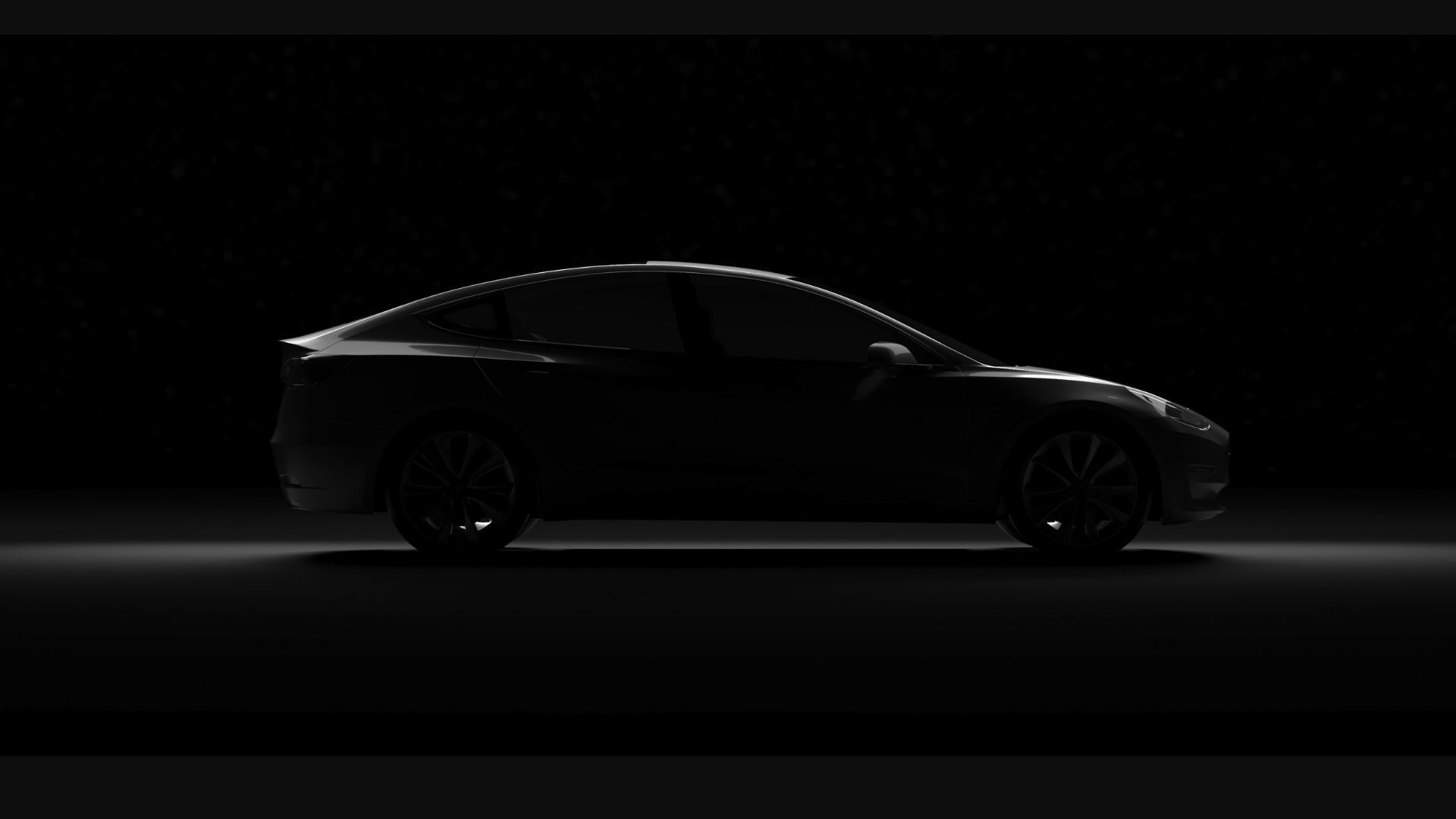
Mobility

Alex Huang | Executive Director, Mobility Programs

Alex Huang
The auto industry is placing big bets on Software-Defined Vehicles (SDVs)—vehicles with features primarily controlled and customized by software, rather than hardware. Billions of dollars are being funneled into new digital architectures, connectivity platforms, over-the-air (OTA) update capabilities, and autonomous driving systems. OEMs and Tier 1 suppliers see SDVs as a pathway to new revenue streams, stronger customer loyalty, and competitive advantage.
Yet for all the attention and investment, the conversation around SDVs often gets reduced to dashboards and digital cockpits; to flashy touchscreens and concept demos that make headlines but don’t move the industry closer to solving the real challenges.
The conversation around SDVs often gets reduced to dashboards and digital cockpits that don’t move the industry closer to solving the real challenges.
The truth is, no U.S. automaker is producing a fully realized SDV today, though Tesla comes close. Instead, companies are working through the immense technical and organizational hurdles that make SDVs hard: building flexible software architectures, enabling secure, fleet-wide OTA updates with ≥95% success rate, and connecting in-vehicle systems to broader mobility ecosystems. These are not superficial challenges. They require deep alignment of design and engineering, and without that alignment, we’ll never see a “true” SDV in the market.
Automakers know where they need to go. The vision of an SDV is clear: a vehicle where features, performance, and user experience are no longer frozen at launch but evolve continuously through software. The opportunity is a car that improves over time, adapts to its drivers, and integrates seamlessly into connected lifestyles.
But turning that vision into reality is another matter. Across the industry, OEMs face steep barriers:
These aren’t failings of individual companies; they are structural challenges facing every automaker navigating the SDV shift. Recognizing those realities is essential if the industry is to find a path forward.
Human-centered design can play a defining role here. Clarifying the needs of end-users and mitigate risk as decisions are made.
It’s tempting to equate visible change with progress. A dazzling dashboard demo at an auto show signals innovation in ways that re-architecting a vehicle’s software stack never will. But the true heavy lifting in SDVs lies under the hood — in building architectures that support continuous updates, emergent use cases, and new value for both customers and automakers.
Human-centered design can play a defining role here. Clarifying the needs of actual end-users mitigate risk as decisions are made about foundational technology. Then, building user experience systems that are flexible enough to accommodate emergent use cases we can’t yet imagine.
The future of SDVs isn’t about choosing between design and engineering; it’s about uniting them from the outset. Engineering teams bring the architectures, connectivity, and system performance that make SDVs viable. Design teams contribute the human insight, scenario planning, and rapid prototyping that ensure those capabilities create meaningful value.
To execute effectively, engineers, developers, and designers must work hand in hand to deliver an SDV capability that is desirable, trusted, and in service of real human needs. When these disciplines integrate closely, technical achievement and user experience reinforce one another, creating systems that are both feasible and compelling.
The real winners in SDVs will be those who collapse silos, build cross-disciplinary teams, and empower design and engineering to shape the roadmap together.
The real differentiator lies in human insight: understanding not just how systems perform in the lab, but how people interact with them in messy, real-world contexts. This is where ethnographic research, regional studies, and observational strategy become critical. Watching how families use in-vehicle systems differently in the U.S. versus Europe, or understanding how delivery drivers adapt workarounds when baked-in interfaces fall short. These insights, synthesized into design strategy, help automakers prioritize the features that matter most — and avoid investing in those that don’t.
The real differentiator lies in human insight: understanding not just how systems perform in the lab, but how people interact with them in messy, real-world contexts.
When translated into design, these insights come to life in ways that reshape the experience for drivers and passengers alike. A driver struggling with a voice command should be offered a simpler path on the fly. A parent juggling kids and climate controls should see relevant shortcuts before asking. For an aging driver, interfaces could adapt with larger touchpoints, reduced on-screen distractions, and earlier prompts to build safety and trust. And beyond the cockpit, SDVs open the door to entirely new capabilities. For example, downloading a module that allows a car to serve as a secure delivery locker when parked at the office. These aren’t “nice touches”; they illustrate how SDVs, when grounded in design and real user needs, can create tangible and differentiated value.
The transition to SDVs will not be won with show cars or buzzwords. It will be won by OEMs that combine bold engineering with bold design: aligning interiors, services, and interfaces into adaptive, human-centered systems. That means:
SDVs remain aspirational today. The real test for OEMs isn’t just moving beyond flashy screens, it’s whether they can commit to the deeper work of building truly integrated SDV architectures. Tesla has shown that kind of reinvention can take more than a decade; most automakers don’t have that luxury. For them, the path forward will hinge on forging the right partnerships and aligning design with engineering to ensure these architectures deliver real value.
The future of SDVs isn’t about surface-level digital add-ons. It’s about building the ecosystems, relationships, and design-led strategies that make software-defined mobility a competitive advantage. Automakers that take this deeper path — with design shaping both technology and strategy — will be the ones whose vehicles not only evolve, but lead the pack.